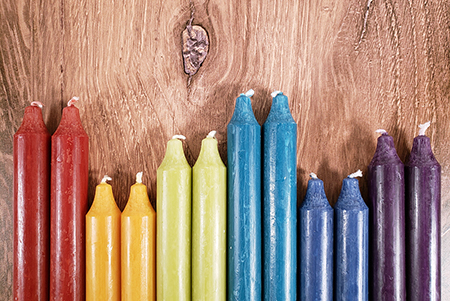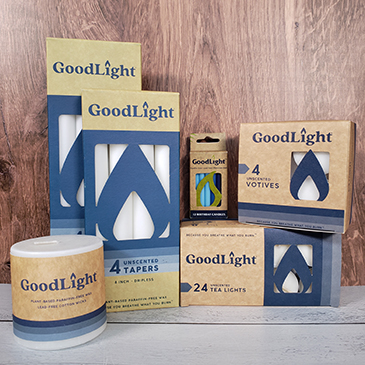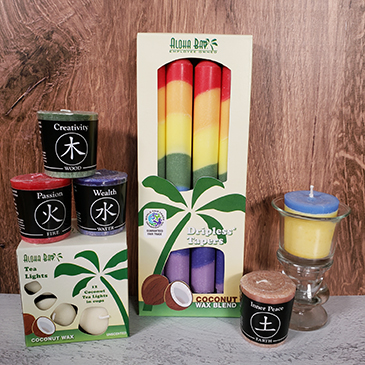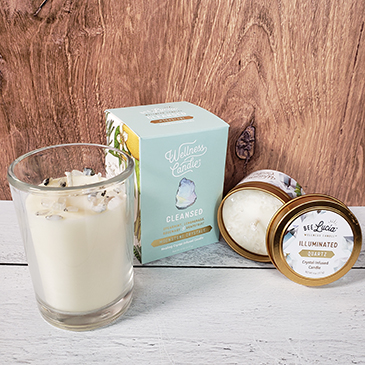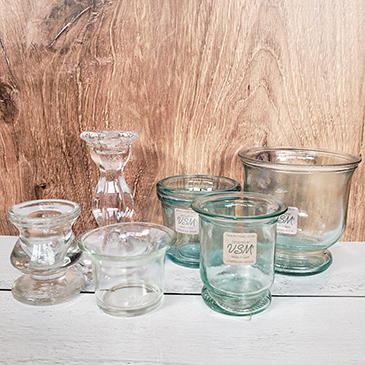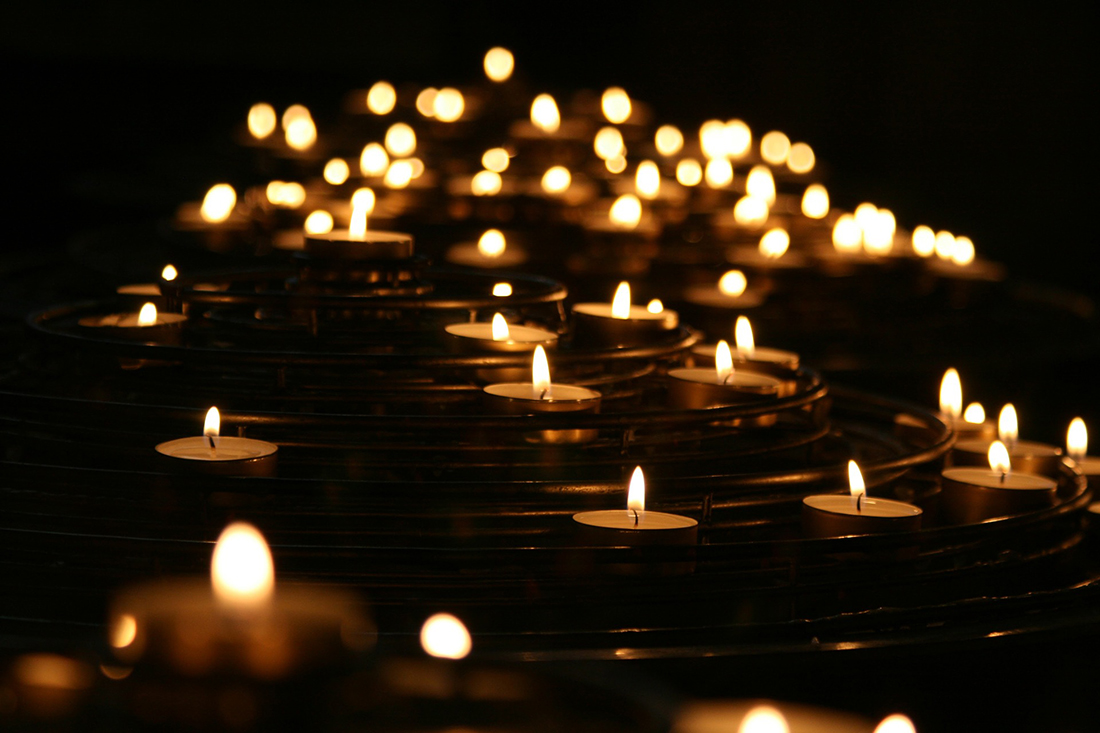Nothing adds warmth and gentle ambiance to a space like a flickering flame over a candle. Whether you want to be festive, relax, or set a mood, your well-placed choice of candle can accomplish just that. There are a myriad of different fragrances available, ranging from subtle to powerful. There are also a lot of unscented candles available for those who don’t want to add a scent to the space, or are sensitive to fragrances.
At Down To Earth, we strive to carry a lot of different candles to suite a wide variety of tastes and uses. We decided to put together some information to share about candles, including types of candles and their uses, the appropriate use of a candleholder, tips and tricks, and troubleshooting to help you get the most out of your candles.
Candle Types
Tealight: This squat little candle is very versatile. They are circular, and usually wider than they are tall. They typically come in a little plastic or metal cup, which is very useful for keeping the wax contained. This makes them perfect for a multitude of candle holders, or as a stand alone.
Votive: Votives, with origins of being used in offering rituals, are taller and a bit wider than tealights. They require a holder, as the wax will melt away and pool as it burns. In general, you’ll want to use a specific votive holder that encloses the candle as tightly as possible, minimizing the potential of a melted mess.
Pillar: Pillar candles are big, usually cylindrical in shape, and do not require being placed into a holder. You will however want a flat surface for it to burn on and catch any wax that may drip.

